I adore a quality face mask. They can benefit your skin and also offer a perfect opportunity for some self-care. These gelatin-based peel-off face mask recipes provide exfoliation, moisturization, and are a fantastic addition to any skincare regimen!
What Are Peel-Off Face Masks?
Previously, I’ve crafted face masks using ingredients ranging from aloe to turmeric. These thick pastes spread smoothly over the skin to assist with brightening, dryness, and even fine lines. However, peel-off masks differ as they dry into a slightly sticky film that you can peel away from your skin.
Common active components in commercial peel-off masks are polyvinyl alcohol and polyvinyl acetate (glue), which assist in forming a film on the skin. Some DIY formulations even suggest mixing Elmer’s glue, which is a definite no from me!
Peel-off masks are similar to sheet masks in that the product remains on the skin for a while. Sheet masks, however, are saturated cloth or plastic sheets, whereas peel-off masks start as a liquid and harden before removal.
Are Peel-Off Masks Good For Your Skin?
If constructed from glue, harsh chemicals, dyes, or questionable ingredients, peel-off masks are not suitable. Some can be challenging to remove and unsuitable for sensitive skin, potentially causing redness, irritation, itching, and other damage. While elements like glycolic and salicylic acid can fade dark spots, they can be overly irritating.
Nevertheless, masks formulated with nourishing components that don’t adhere tightly can be advantageous. The objective is to choose a formula that peels away effortlessly without harming the skin.
Peel-Off Face Mask Benefits
A well-crafted face mask can benefit various skin types. Changing ingredients can target acne-prone skin, detoxification, or anti-aging. Here are additional benefits of peel-off masks:
- May unclog pores and eliminate impurities
- Nourishes and detoxifies to reduce blemishes
- Removes excess oil for those with oily skin
- Eliminates dead skin cells
- Provides deep cleansing, leaving skin feeling refreshed
- Purifies for an improved skin tone
- Assists in removing fine hair and “peach fuzz”
Don’t Want to Make It?
If DIY isn’t your thing or you lack the ingredients, numerous pre-made peel-off masks are available. Many contain polyvinyl acetate or alcohol, but some utilize alginate from seaweed. Here’s an available purifying mask formulated with alginate and other skin-nourishing ingredients.
Ingredients in Gelatin Masks
While we’ve highlighted some ingredients to avoid, what about those that are beneficial? Homemade masks offer customization. I use gelatin to ensure the mask sticks, allowing it to peel off the skin. Gelatin is rich in collagen, helping skin bounce back and minimizing wrinkles.
A liquid is also necessary, with optional additions of powders or essential oils. Including hyaluronic acid can enhance moisture retention, firmness, and elasticity. Antioxidants like vitamin C, green tea, and pomegranate offer protection against damage from free radicals. Blending gelatin with herbal teas can enhance health benefits, and witch hazel can act as an astringent or assist with acne-prone skin. You can create a peel-off mask with bentonite clay for detoxification.
To summarize, you will use:
- Gelatin
- Liquid (witch hazel, glycerin, honey, milk, herbal tea, etc.)
- Powders and essential oils (optional)
There are countless possibilities, and I’ve included some starter recipes below.
Do Peel-Off Masks Remove Blackheads?
Many websites claim their peel-off face masks can eliminate blackheads. Some sources agree, others don’t. Peel-off masks remove the surface layer of dead skin but might not penetrate deeply enough into pores to extract blackheads. However, by maintaining clean and nourished skin, the likelihood of developing blackheads lessens. So, the answer is both yes and no.
Safety Cautions + Tips
Individuals with eczema, psoriasis, rosacea, sunburn, or other skin damage should avoid peel-off masks due to potential further damage from pulling. Safer alternatives include soothing masks with raw honey or hydrosols.
If a mask becomes too challenging to peel and causes pain, use warm water to wash it off instead. I’ve adjusted the gelatin proportions in the recipes below to achieve an optimal balance—sticky but not excessively so. The thicker the gelatin application, the stronger its grip.
Because peel-off masks deeply exfoliate, limit usage to once a week. Choosing ingredients that suit your skin type is crucial. For dry skin, elements like kaolin clay and charcoal may aggravate dryness.
DIY Peel-Off Face Masks (With Gelatin)
Customize these recipes according to your skin’s needs for a personalized facial! They help exfoliate, nourish, and brighten the skin.
- Prep Time: 10 mins
- Active Time: 15 mins
- Total Time: 25 mins
- Yield: 1 face mask
- Author: Katie Wells
Ingredients
Brightening Charcoal Peel-Off Mask
Instructions
- Add the liquid ingredients to a small bowl.
- Sprinkle gelatin over the liquid and let it bloom, about 1 minute.
- Transfer gelatin mixture to a small saucepan. Heat gently over low heat, stirring until melted and combined.
- Stir in powder ingredients and essential oils.
- Apply an even layer of the warm mask to the face, avoiding undereye areas, eyebrows, and hairline.
- Leave on for about 15 minutes or until completely dry.
- Carefully peel off the mask. Rinse off any residue with warm water.
Notes
- Use a gentle cleanser before the mask, but avoid one afterward to prevent irritation.
- Follow with a serum or moisturizer if desired.
More Face Mask Recipes
If you’d rather not peel a mask off your face, here are some alternative options:
Have you tried a peel-off face mask before? What ingredients do you plan to use? Share your thoughts!


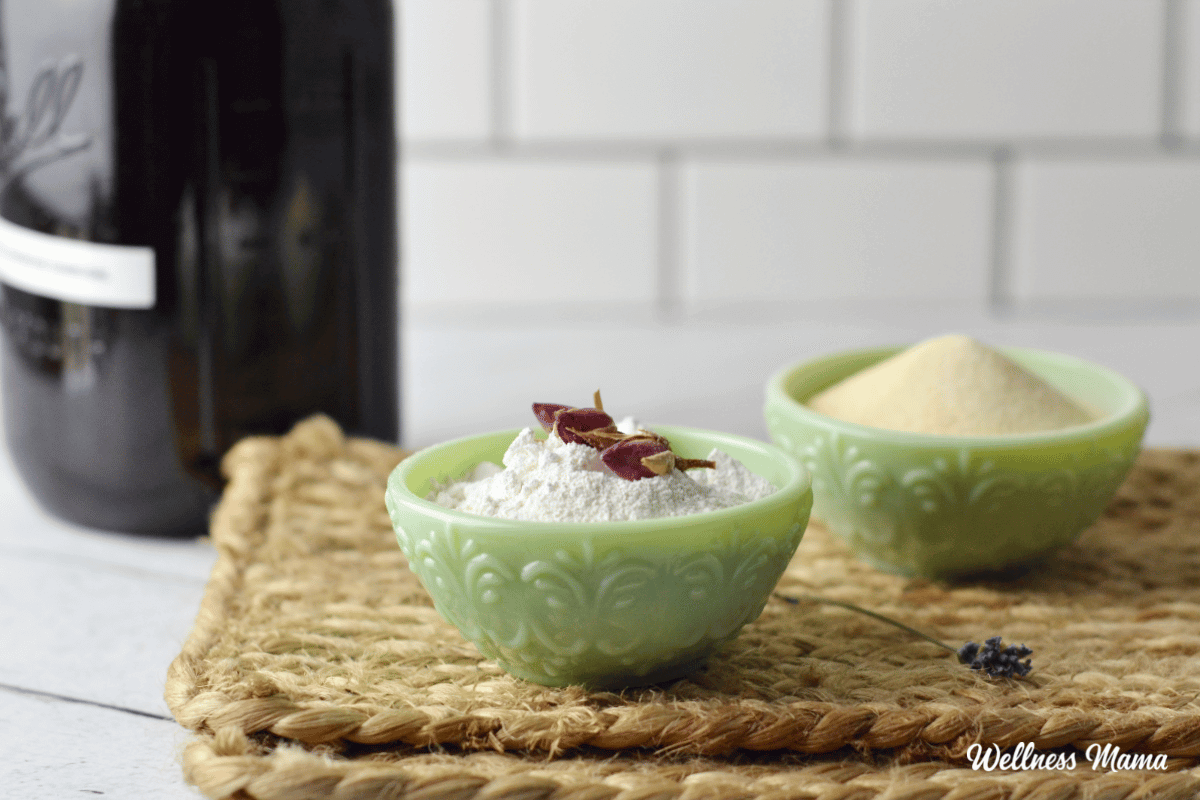
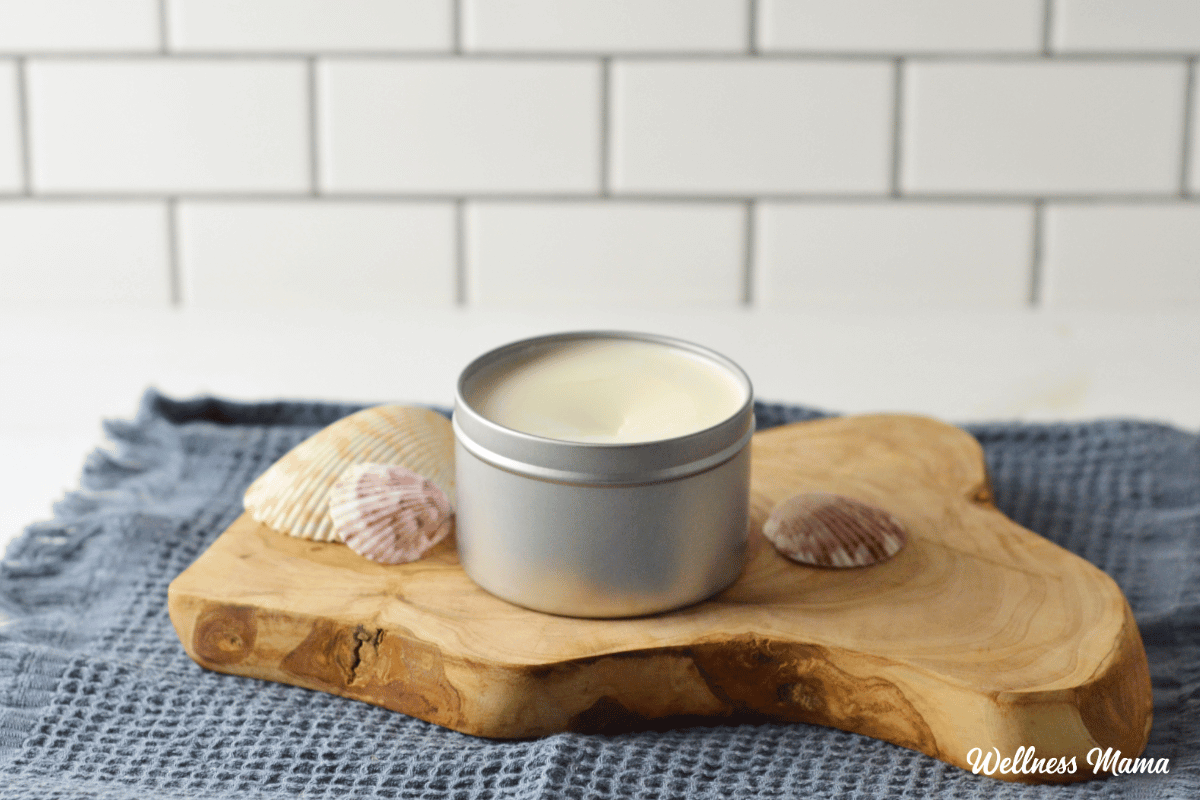
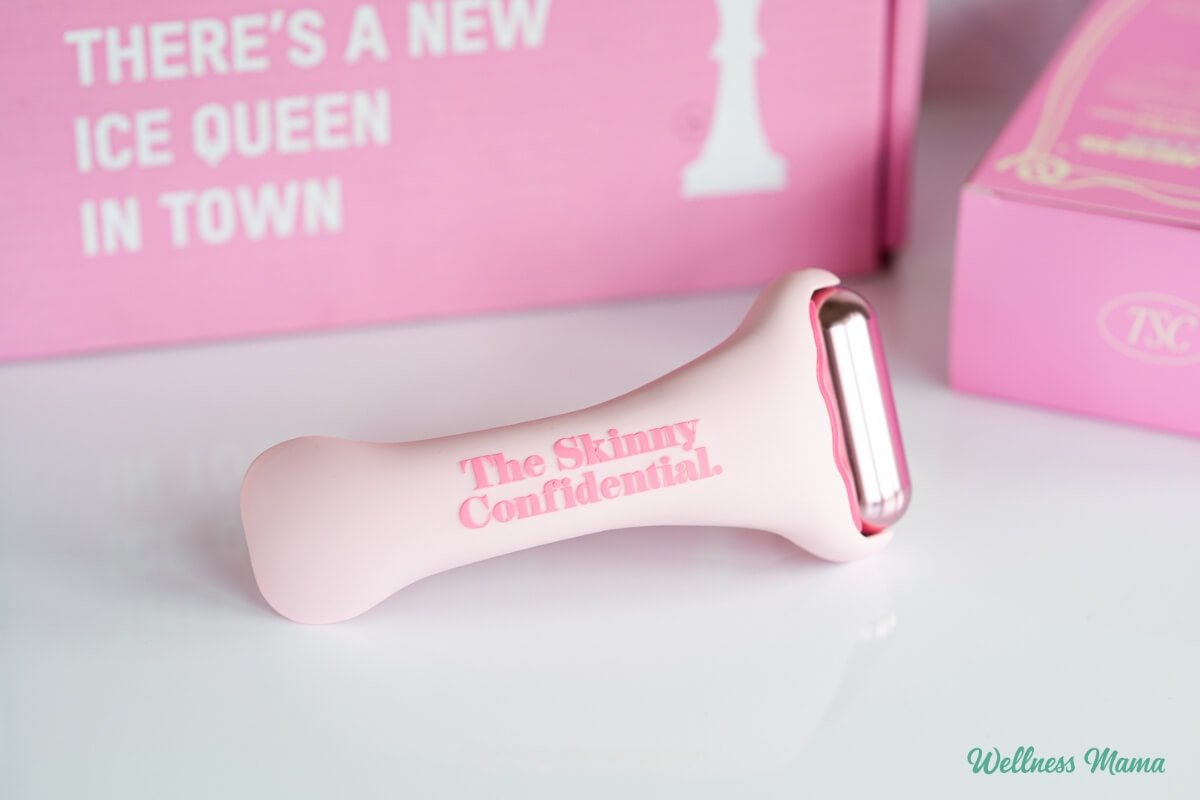
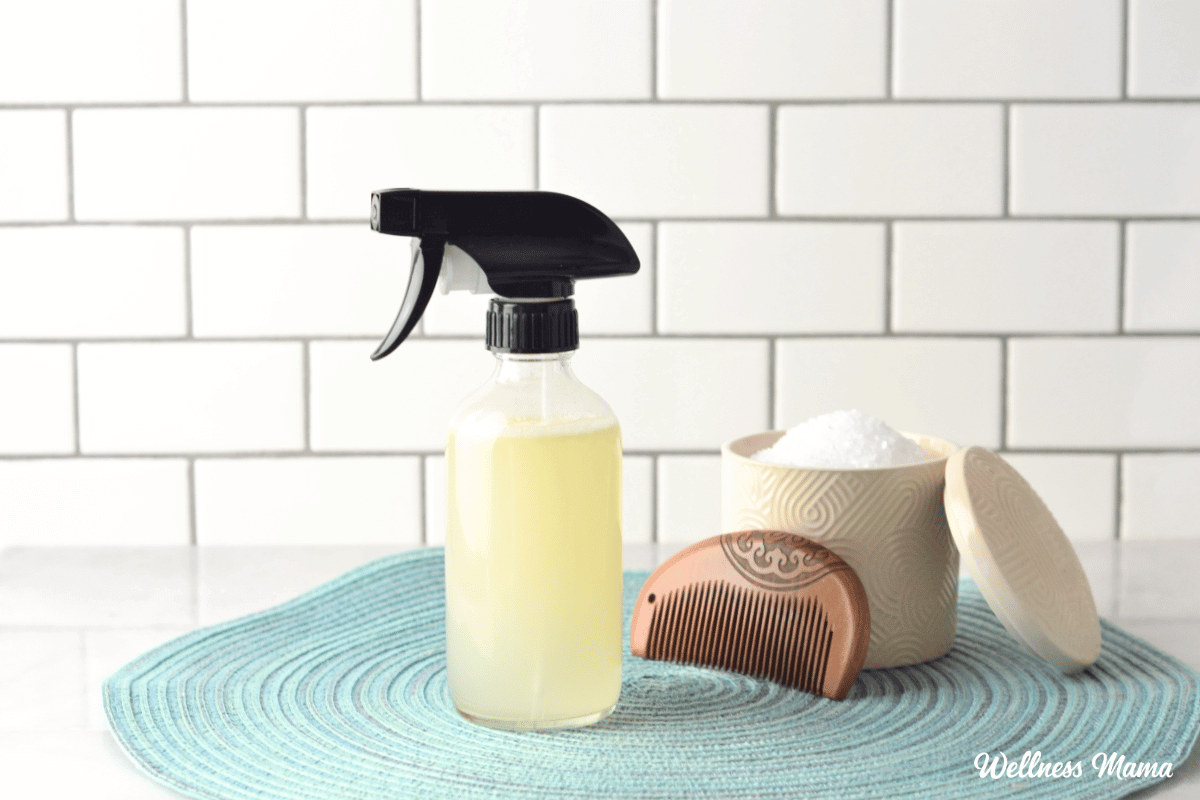
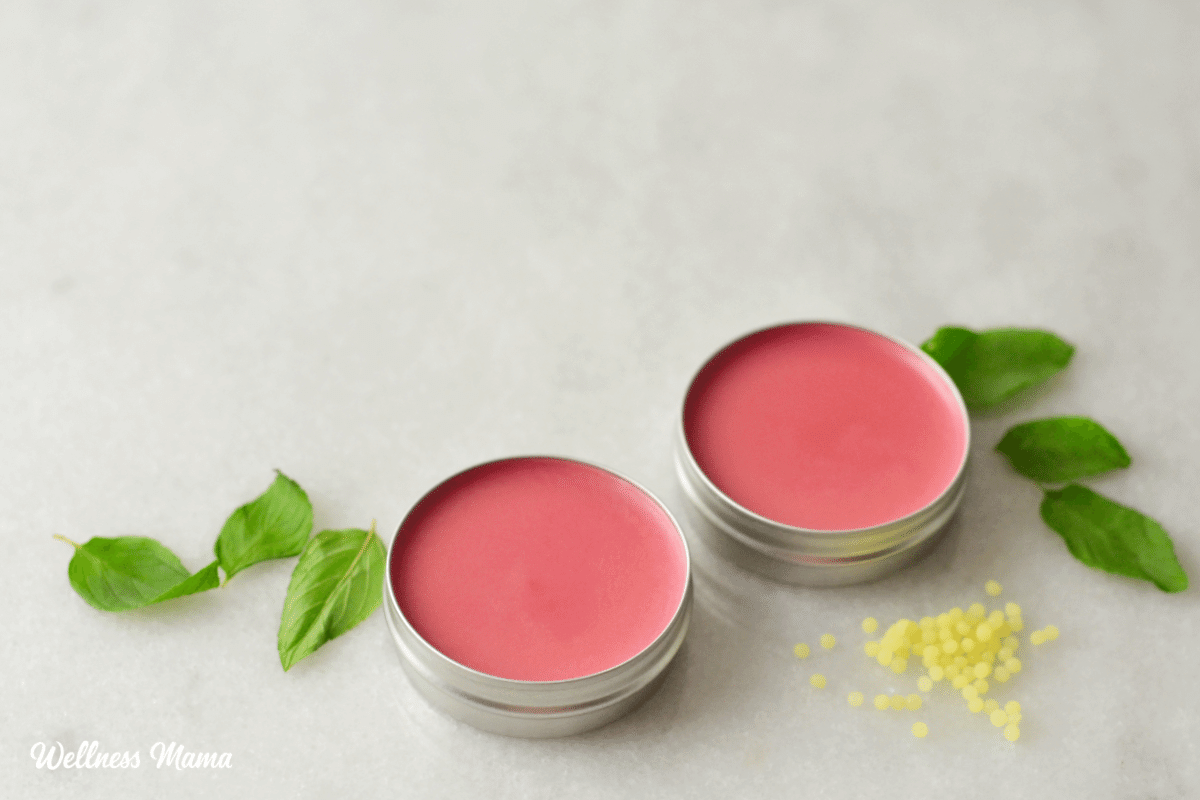
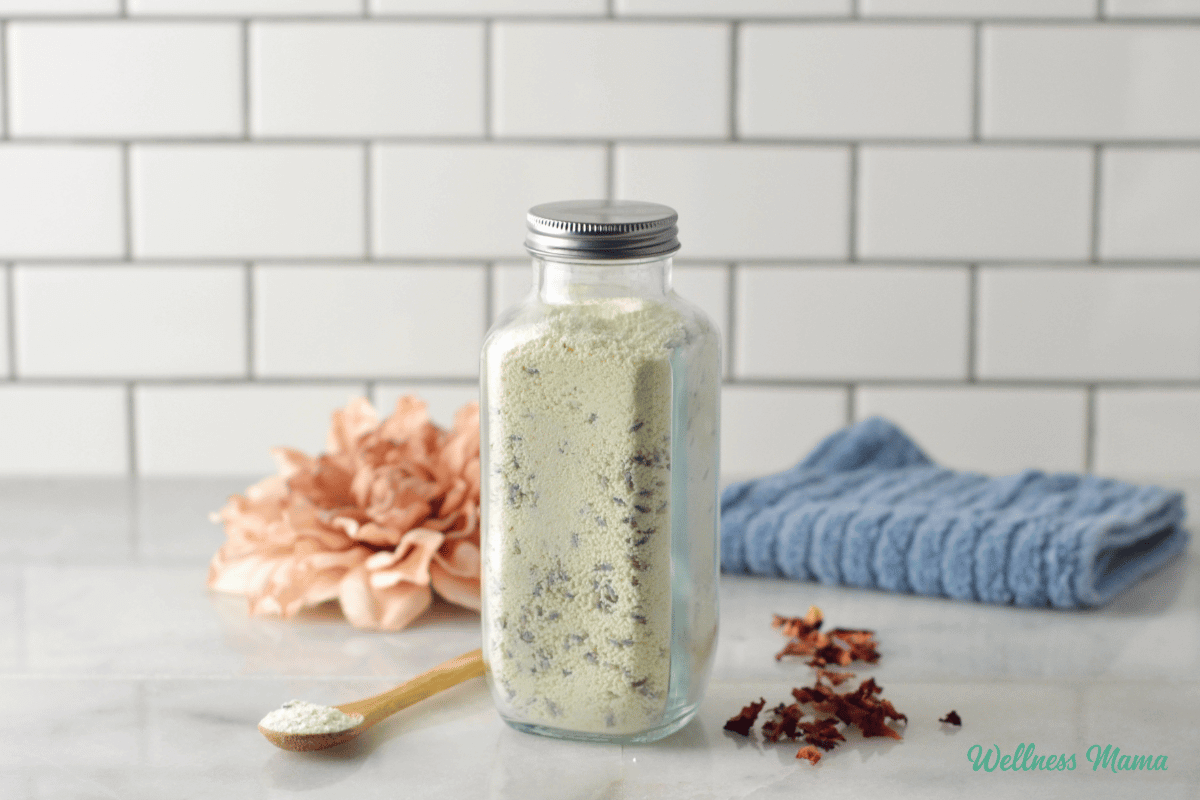

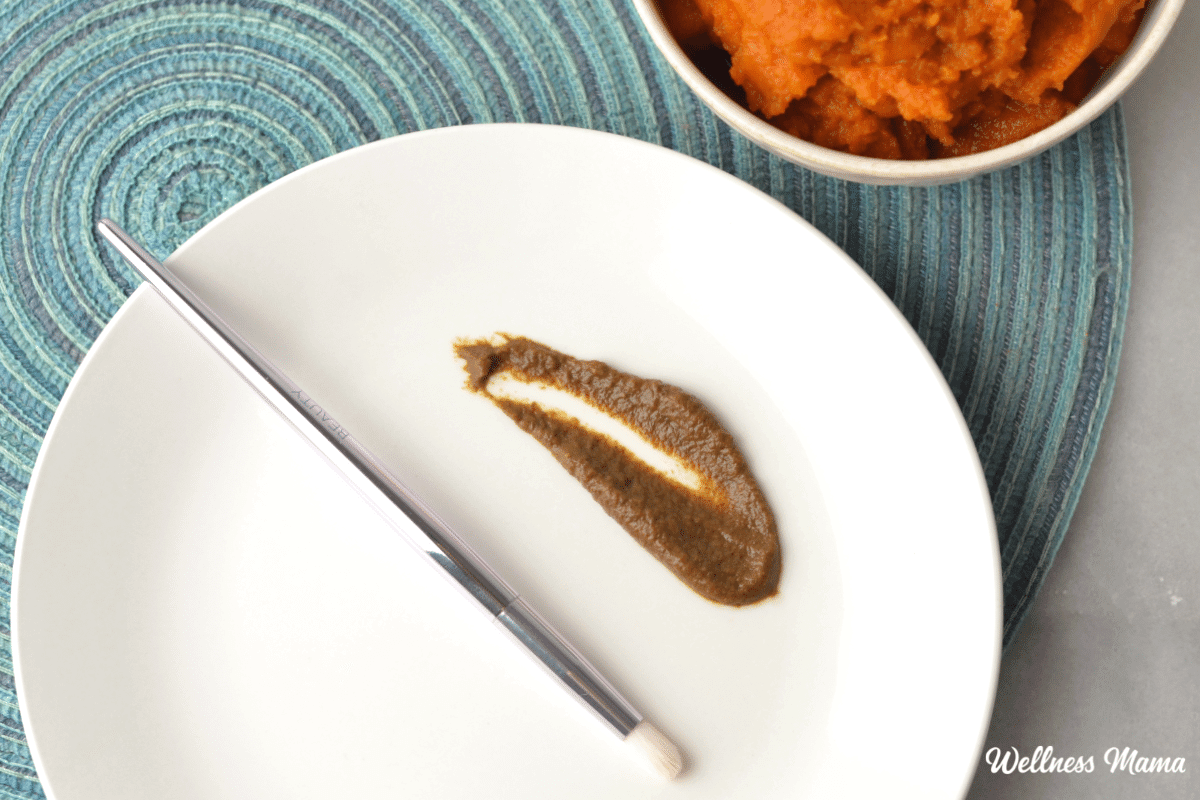


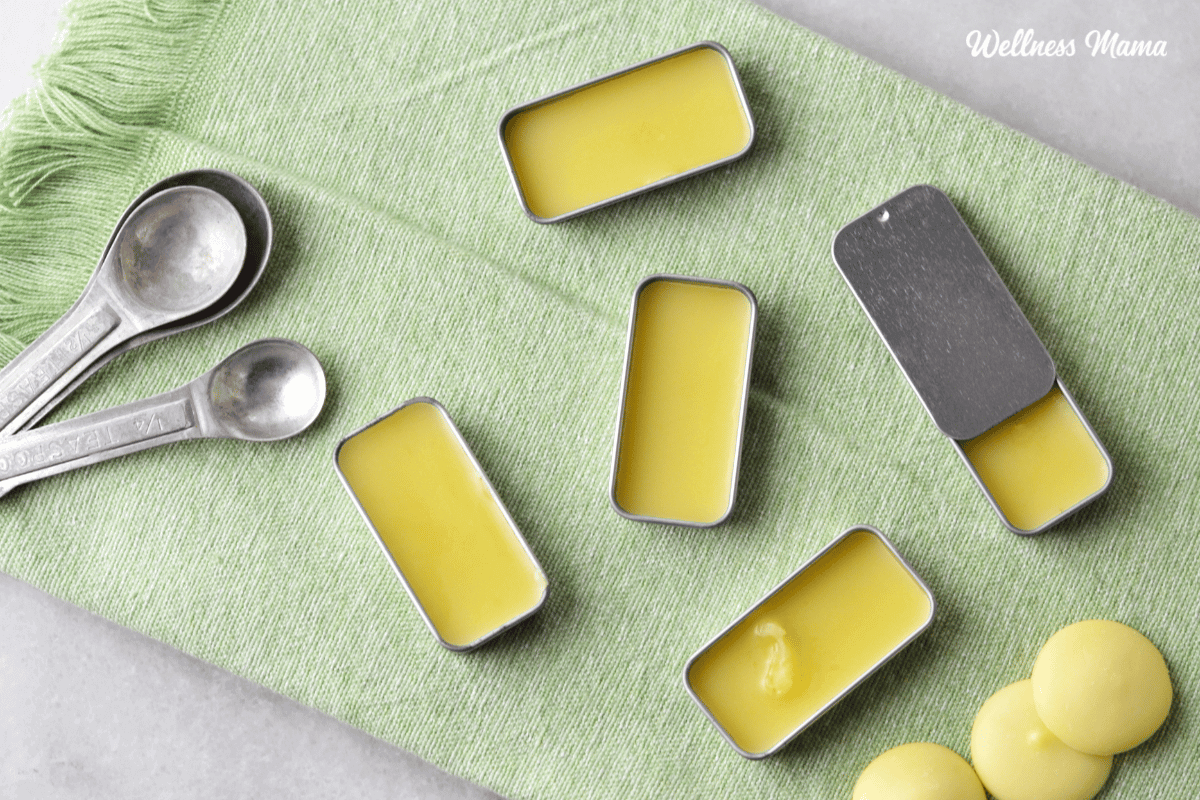

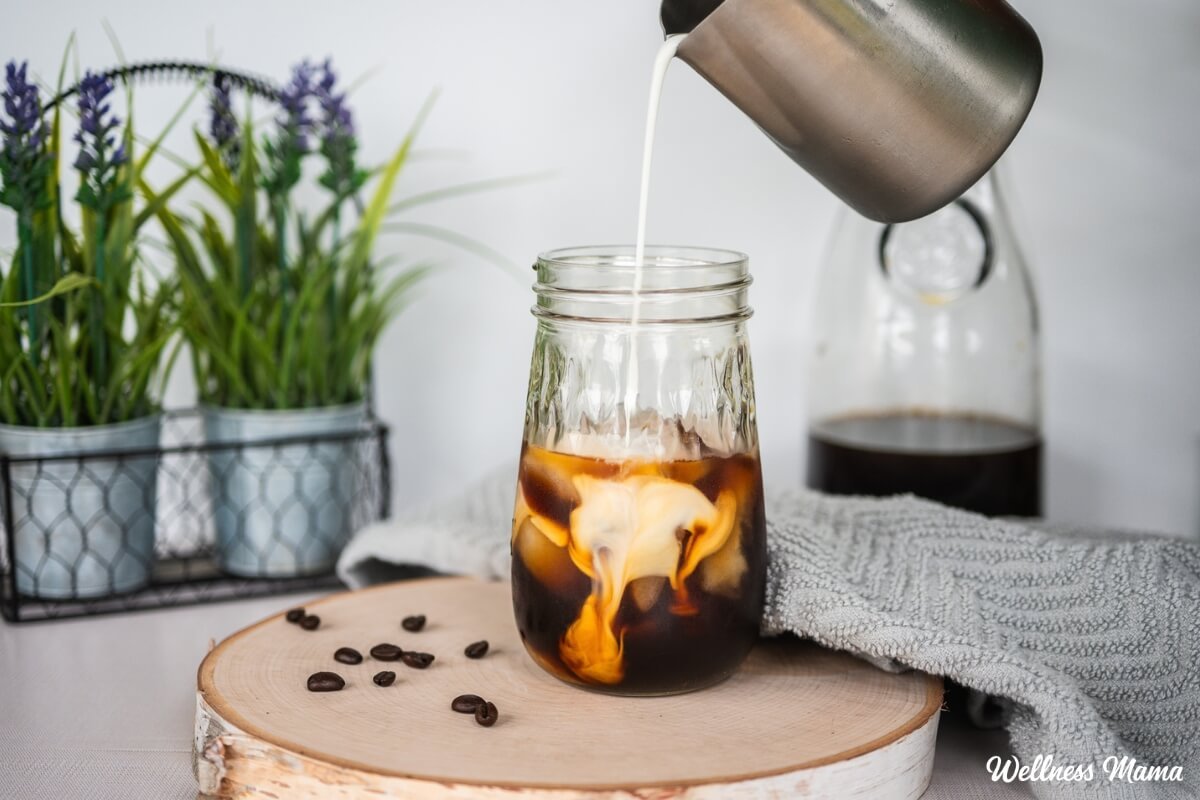
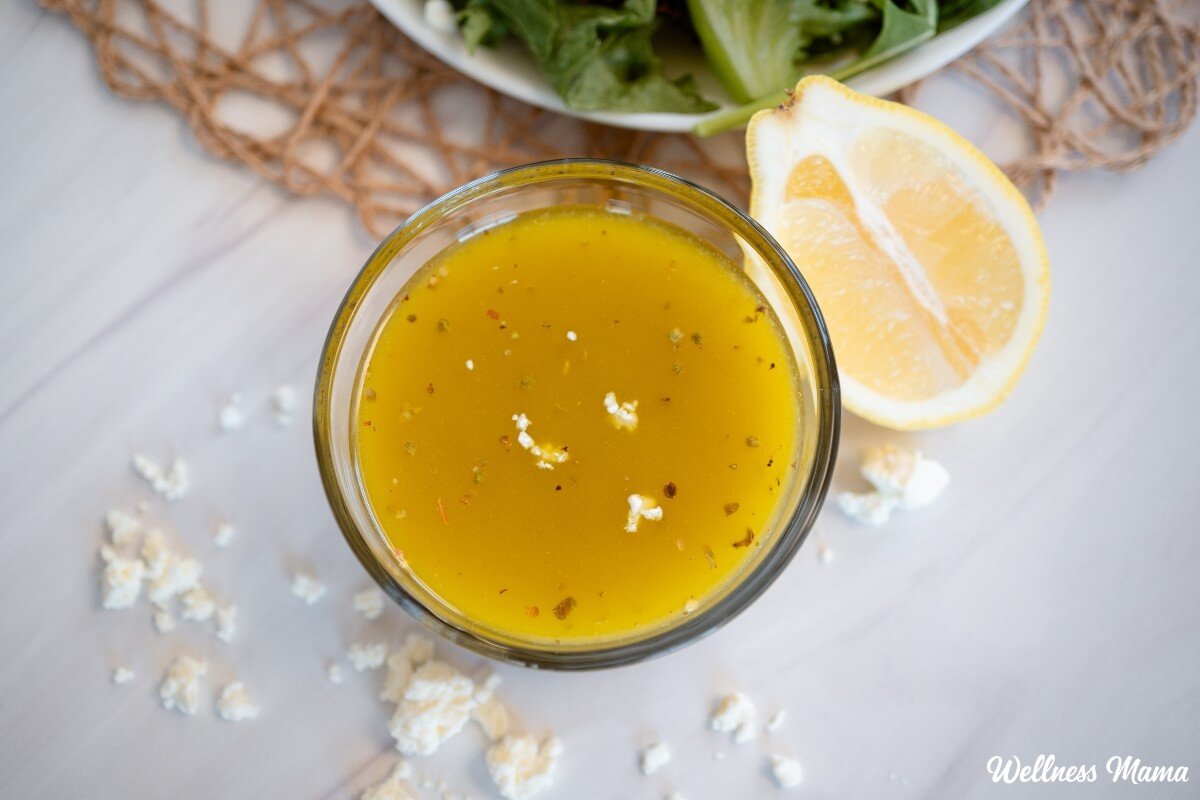

Leave a Reply